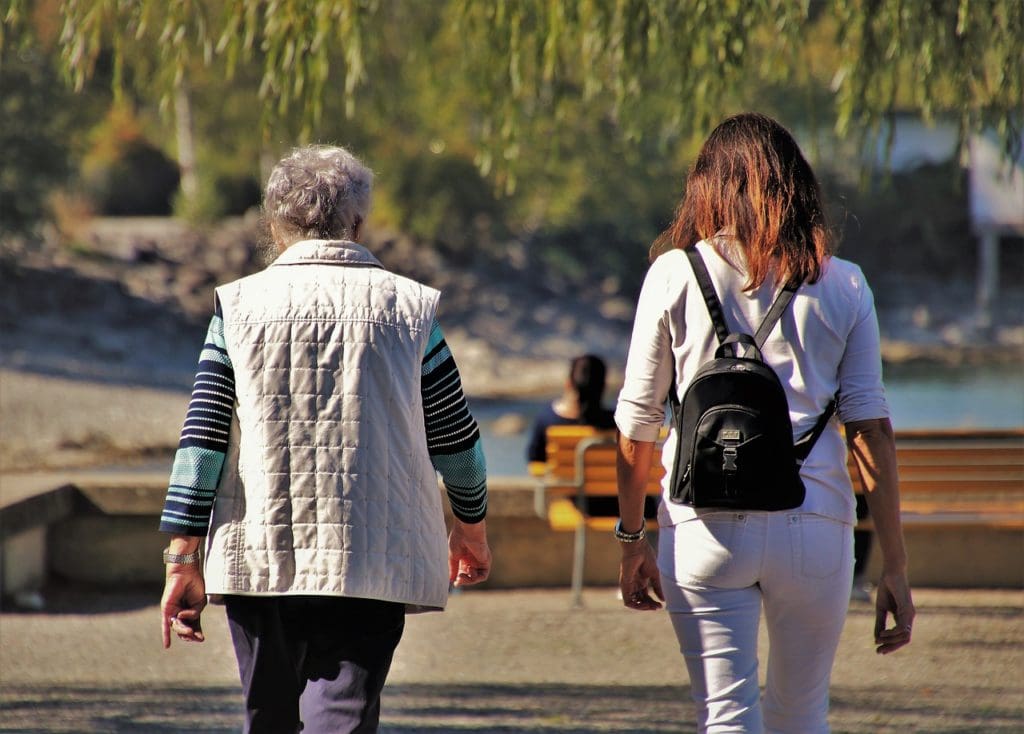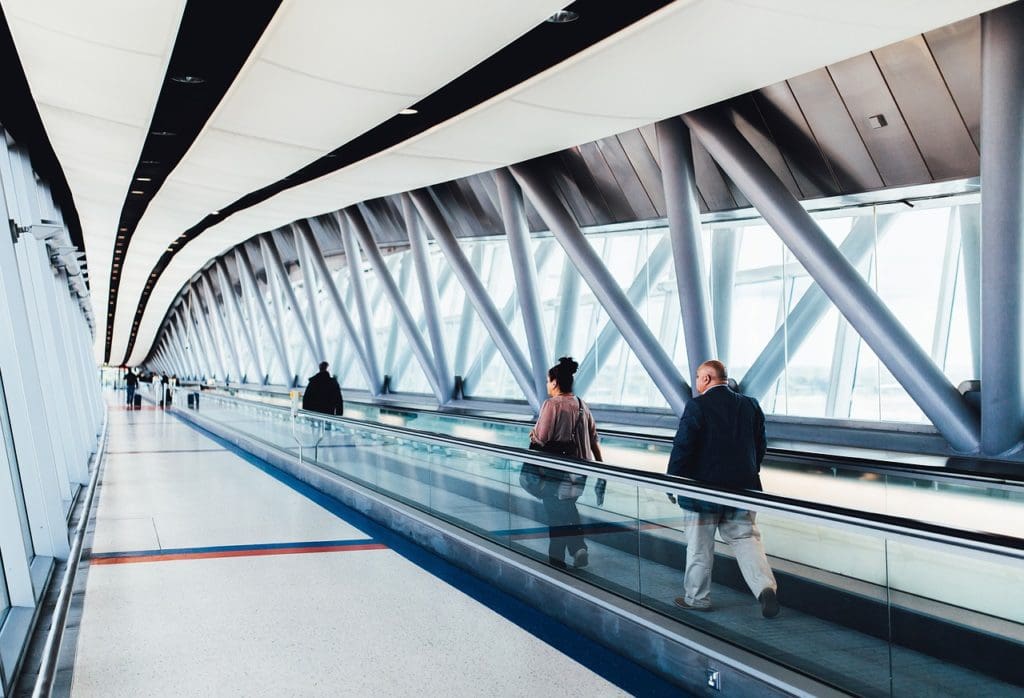 My parents were the ones to initially ignite the love of travel in me. As I passed it on to my own kids, I came to understand that my parents had a dual motivation. They didn’t only introduce me to interesting sights and different perspectives; our journeys together also created deep bonds and common memories that we have shared over a lifetime. That shared discovery and growth don’t have to stop as parents become seniors, although there are some age-related matters to take into consideration. Here are some tips for traveling with seniors that will help both of you enjoy the journey and keep making priceless memories together.
My parents were the ones to initially ignite the love of travel in me. As I passed it on to my own kids, I came to understand that my parents had a dual motivation. They didn’t only introduce me to interesting sights and different perspectives; our journeys together also created deep bonds and common memories that we have shared over a lifetime. That shared discovery and growth don’t have to stop as parents become seniors, although there are some age-related matters to take into consideration. Here are some tips for traveling with seniors that will help both of you enjoy the journey and keep making priceless memories together.
Consider Your Destination and Pace when Traveling with Seniors
Obviously, you’ll want to choose a destination that has activities you’ll both enjoy. Leaving your seniors to amuse themselves at the ski lodge while you spend every day on the slopes may not be the most fun for everyone, not to mention the risk of slippery walkways.
Escorted tours are appealing to seniors because all the details are pre-arranged (reduces stress), transportation is included (increases ease), and baggage is handled (reduces fatigue). Cruising is an easy option when traveling with seniors, too, because the destinations come to you while you only unpack once. Cruises also have plenty of activities for different interests and energy levels. Travel Maestro tip: Decorate your cruise stateroom door with a unique bauble to make it identifiable in a long corridor of identical doors.
 Take it slow. Depending on your senior’s stamina, you might plan a walking activity before lunch and a boat ride or a sightseeing tour in the afternoon. Sit on a bench in a museum to rest your feet periodically or pick a sidewalk café in the center of the action to people-watch. Plan a slow day to recharge following an active day. Travel Maestro tip: Travel during shoulder season to avoid the exhaustion that comes with large crowds and the heat of summer.
Take it slow. Depending on your senior’s stamina, you might plan a walking activity before lunch and a boat ride or a sightseeing tour in the afternoon. Sit on a bench in a museum to rest your feet periodically or pick a sidewalk café in the center of the action to people-watch. Plan a slow day to recharge following an active day. Travel Maestro tip: Travel during shoulder season to avoid the exhaustion that comes with large crowds and the heat of summer.
Keep your senior’s mobility considerations in mind. Outside the U.S., ADA standards do not exist, which can make a big difference in your senior’s comfort. Cobbled sidewalks of the Old World are lovely, but difficult to walk on. Subways and metros typically have many stairs to negotiate, so a taxi might be a better choice. Travel Maestro tip: Make sure your hotels have elevators to higher floors and grab bars in the bathroom and shower.
Pre-trip Planning
The most important recommendation for traveling with seniors is to purchase travel insurance. Use a policy that includes cancellation insurance (pre-trip) and emergency medical and evacuation coverage (during travel). With very few exceptions, Medicare does not cover treatment outside the U.S., so emergency medical insurance is invaluable during a medical crisis overseas. Travel Maestro tip: Many policies waive pre-existing condition exclusions when you purchase insurance within 7 – 21 days of your initial trip deposit (varies by policy).
Pack light to make it easy for your senior (or you) to handle the luggage. You can do laundry during the trip if necessary. Make sure your senior takes a light sweater or jacket and good walking shoes. Pack an extra pair of glasses and extra batteries for hearing aids, as unique sizes can be hard to find. Make a list of all medications your senior takes, along with the generic names to make it easier to refill if necessary, but pack enough for an extra day or two in case of unexpected delay. Travel Maestro tip: Email the meds list to yourself so you can access it digitally from anywhere.
Traveling with Seniors by Air
 Passengers 75 and older don’t have to remove shoes or light jackets at TSA security. Those who have a pacemaker or are unable to stand can be screened by a pat-down instead of a scanner. If your senior has metal hip or knee implants, they should carry medical documentation and advise the TSA officer before screening.
Passengers 75 and older don’t have to remove shoes or light jackets at TSA security. Those who have a pacemaker or are unable to stand can be screened by a pat-down instead of a scanner. If your senior has metal hip or knee implants, they should carry medical documentation and advise the TSA officer before screening.
Always pack medications in carry-on bags, not checked luggage. Original prescription bottles are not required in the U.S., but rules vary in other countries. Medically necessary liquids over the 3.4-ounce allowance, as well as freezer packs, pumps, and syringes, are allowed but should be labeled and declared to the TSA officer before screening.
Wheelchair or electric cart assistance is available in all airports free of charge and should be requested in advance. Even good walkers can get fatigued walking long distances in airports. Before travel, talk with your senior about whether it makes sense to request service from check-in to the gate. Assistance is also available all the way to and from the airplane seat, but that requires they be the last to deplane, so expect a delay on arrival.
Lastly, choose the most direct flights possible and travel mid-day to reduce travel fatigue. Reserve aisle or economy plus seats for comfort and remind them to hydrate before and during flight. Travel Maestro tip: Remind your senior to stand up and walk every 90 minutes during long flights to reduce the risk of deep vein thrombosis.
Traveling together lets you learn about yourself and your companion through shared experiences. The special bonds forged and memories created are a gift to each other that you will both cherish. To plan a vacation with your senior parent or friend, contact the experts at Covington.







Leave a Reply